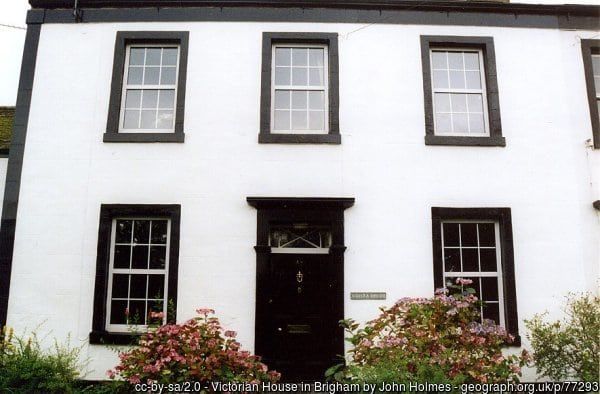uPVC windows are known for their numerous benefits over wooden and other window types. They’re noise-reducing, more secure, need little maintenance and keep homes warmer, thus saving on energy bills. However, the overall lifespan of uPVC windows will depend on a number of factors.
First of all there’s the quality of the window itself, which we’ll discuss below – something that can vary hugely between manufacturers. Then there are considerations such as the quality of the installation and even the location of the building they’re being installed in.
It’s certainly true that paying more for quality windows and accredited installers up front will save you money and hassle in the long run. Which? cites the average life span as 20 years, whereas it’s been suggested that high quality uPVC windows that are installed correctly can last over 35 years. So exactly how long do uPVC windows last, and how can you ensure that yours stand the test of time?
What are uPVC windows made of?
The essential material in all types of uPVC windows is the polyvinyl chloride polymer. The full name of uPVC is Unplasticised Polyvinyl Chloride, with the unplasticised part meaning it’s not softened to make it flexible.
Each window manufacturer will have a different formula for making their uPVC windows, including ingredients such as fillers and pigments. Other chemicals like metal salts and soaps are used in premium windows for their heat and UV stabilising qualities.
All uPVC windows are not created equally

There are a lot of considerations to take into account when looking at how long uPVC windows last. The quality of the raw materials used makes the difference between a low grade or high quality window. Additionally, the ratio of the chemicals used will affect the window’s ability to, for example, maintain its colour.
Then there’s the fact that the two panes of glass that make up uPVC double glazing are joined at the edge by a polymer compound. By its very nature, this compound will allow small amounts of water to enter the cavity between the windows, hence why a desiccant is also fitted to the windows to act as a drying agent that prevents misting.
A quality polymer compound will prevent too much water from entering the window cavity and ensure the lifespan of the desiccant is extended. If the desiccant becomes too waterlogged it will stop working, and once misting occurs, there is nothing that can be done to resolve it. So, that’s the end of the road for the windows.
The best way of ensuring that uPVC windows are high quality is to look out for these independently verified scores from the British Fenestration Rating Council (BFRC):
- Windows that keep the heat in (Low U Value)
- Windows that take the heat from the sun (High G Value)
- Windows with a A++ WER rating (All of the above in one simple number)
Installation also plays a part, as the window frame needs to allow for ventilation and drainage before the sealed glass unit is added. When setting blocks aren’t used in installation it can put stress on the window each time it’s opened and eventually break the seal. Fitting the windows using putty and oily mastics can also negatively impact the window sealant, causing cracks that will hinder the window’s lifespan.
Summary of benefits
The benefits of buying high quality uPVC windows include the promise that they will remain watertight for longer and use ingredients that prevent discolouration and cracking.
When sourcing uPVC windows and installers, choose those with accreditations to neutral industry bodies like the Fenestration Self-Assessment Scheme (FENSA) and the Glass & Glazing Federation (GGF). These kind of guarantees can be transferred when you sell your property up to 20 years after installation, adding value to your home. Companies that provide lifetime guarantees on their windows, fittings and against issues such as discolouration, will assure you of their quality.